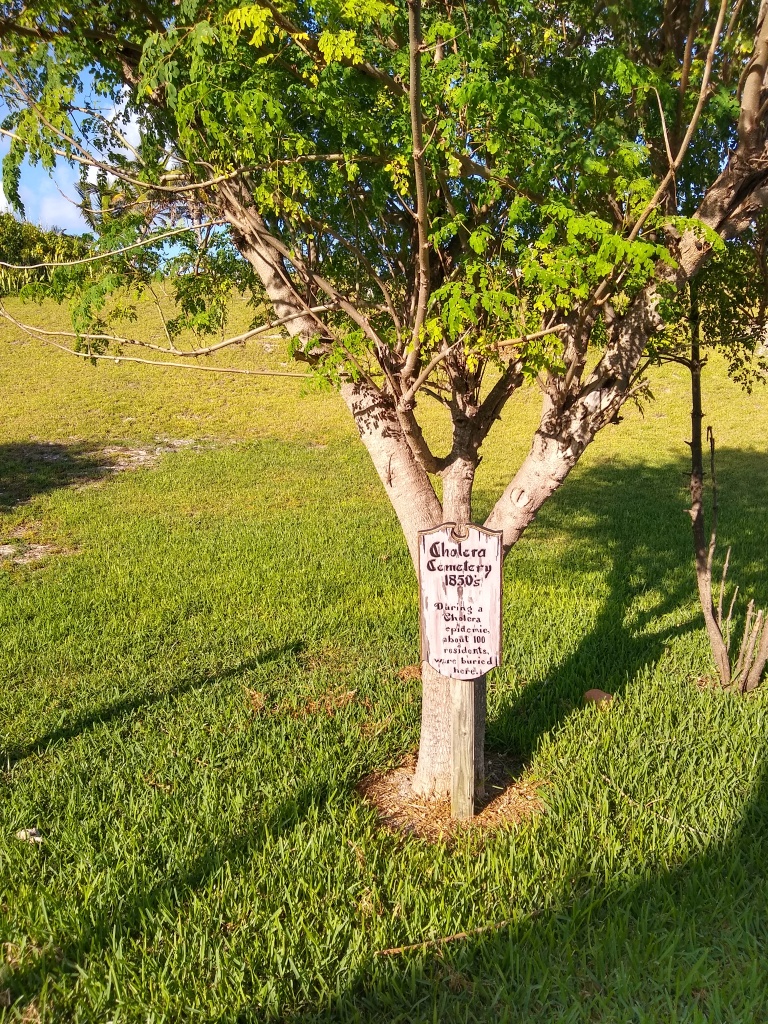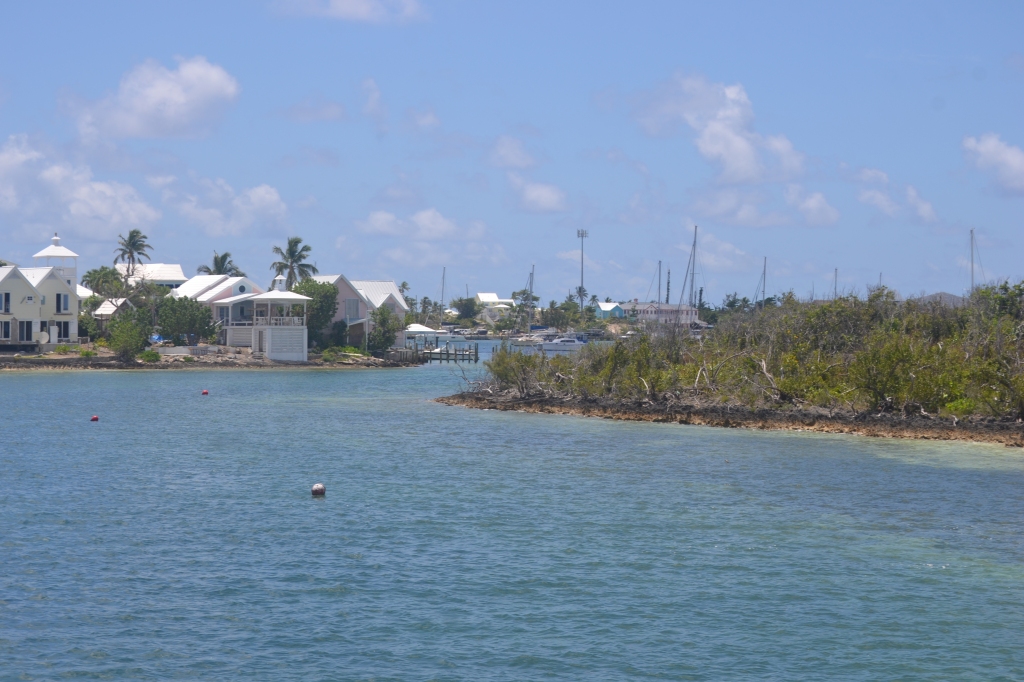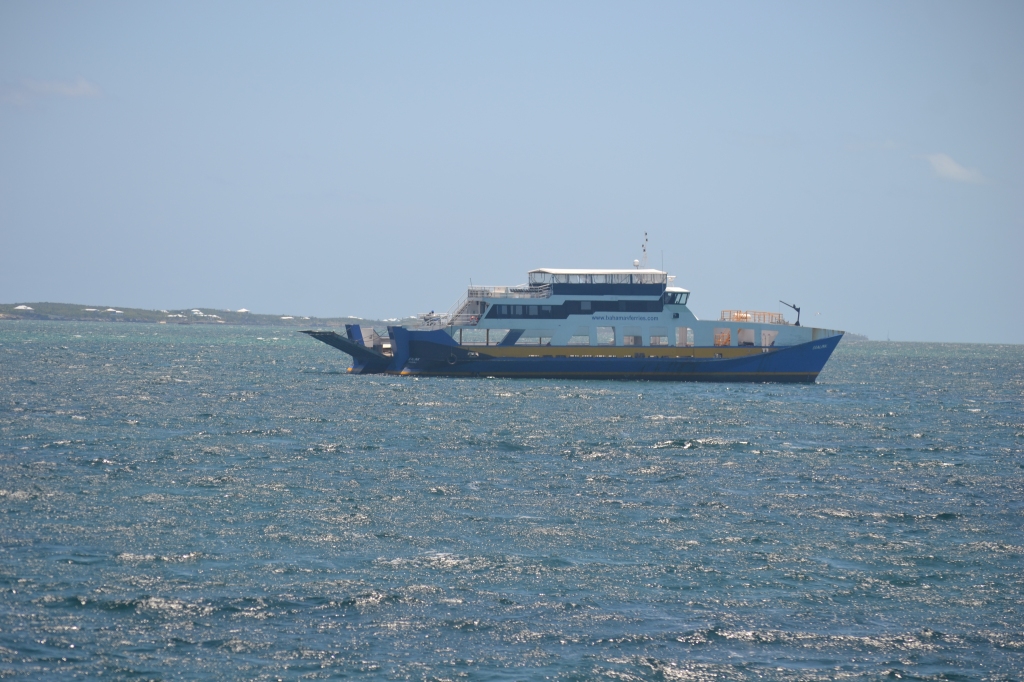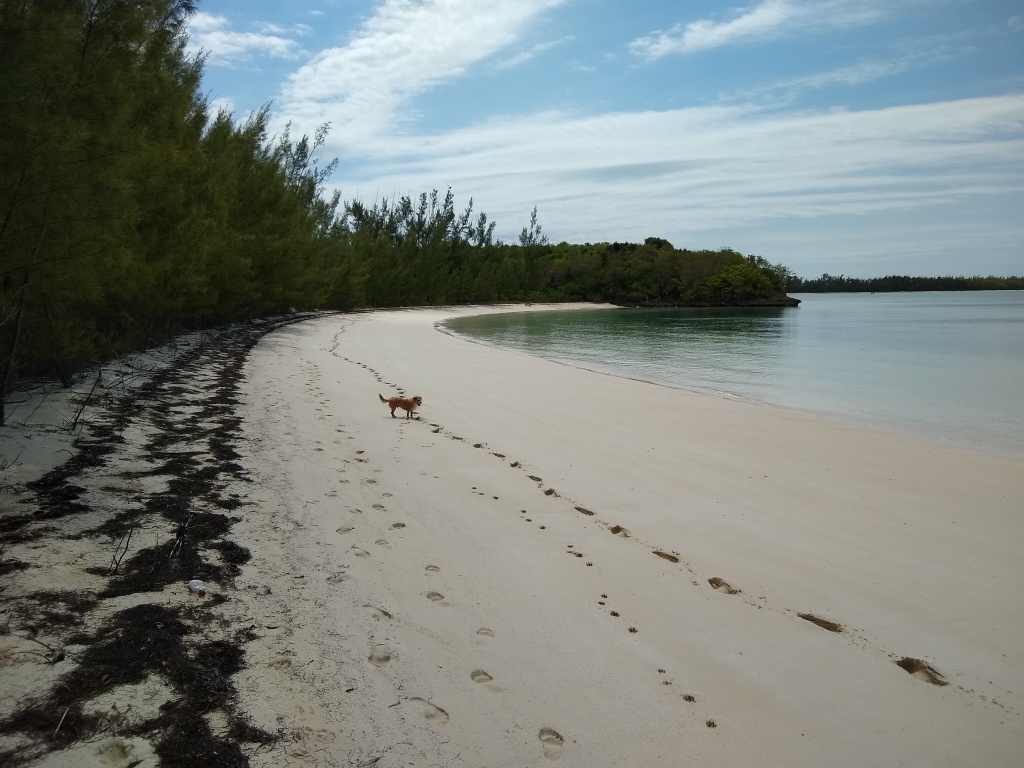5/25/2021
After being in the Abacos for almost three weeks we decided to move south, first to Eleuthera and then to the Exuma Islands. These are known for being prime cruising grounds. The map below gives an idea of the transit we will need to make, running from Great Abaco to Eleuthera. This is a 60 mile transit across the NE Providence Channel, a stretch of open ocean with no bailout points until we get across.

The weather forecast was for 3-5 foot seas with a long interval between the swells. A subtropical storm, Ana, just dissipated northeast of Bermuda, and while this is almost 1700 miles away the swells reach this far. They were worse yesterday, and so we waited for this day to do the crossing. That was a good plan as the waves didn’t disappoint.
As we crossed we ran into a section of the channel that had a significant current flowing to the northeast. I had to turn the boat about 10 degrees to overcome the current effects. We didn’t expect this at all, and since the wind was coming from the northeast we had a situation of wind against current. For about 20 minutes we had 6-8 foot waves, a most unwelcome development. After we passed through the current the waves returned to normal. I don’t know why there was current in that location as the water was over 14,000 feet deep.
After completing the crossing we entered into the lee of Eleuthera near the town of Spanish Wells. We initially planned to anchor in Royal Island Harbour but since it was still early we continued to an anchorage near the town of Current. The anchorage is shown below.

This town is at the tip of this part of Eleuthera, and is separated from the next island by a narrow cut shown below. We will go through this cut tomorrow to access the Great Bahamas Bank and islands further south.

A large portion of the bank drains it’s tidal waters through this cut, hence the name of the small town associated with it. Marilou is especially nervous about this, though I don’t anticipate a problem.











































